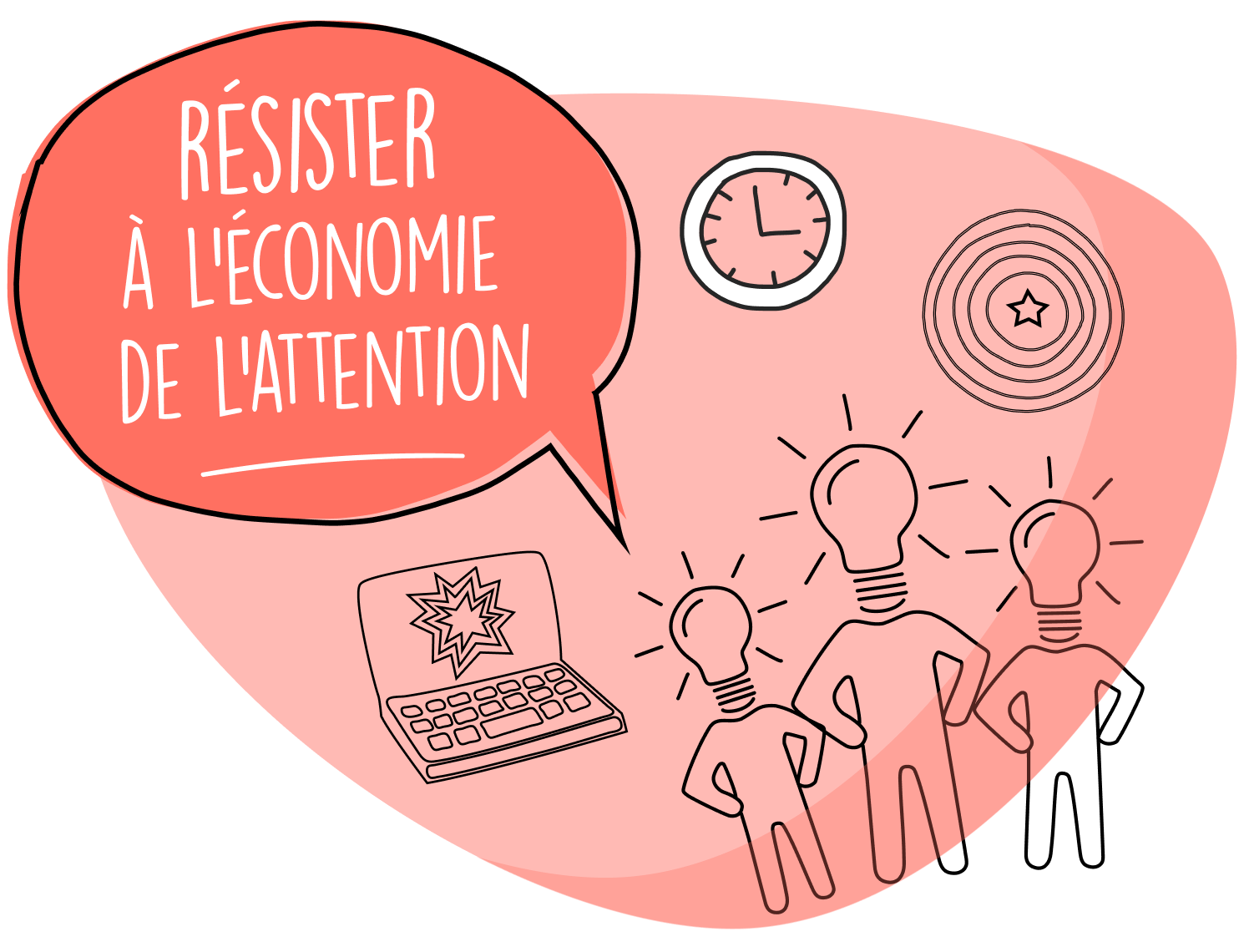We're becoming increasingly exhausted and spending more and more time in front of our screens. Statistics show that, by 2022, burn-out rates among workers are unprecedented. Worldwide: 81% of workers surveyed as part of Ceridian's Pulse of Talent 2022 study said they had experienced burnout in the past year, and 35% of the 7,000 respondents to the survey conducted in 7 OECD countries said they had experienced "extreme symptoms". The main problem: we're engulfed in the attention economy.
The term "attention economy" was coined by economist and psychologist Herbert A. Simon in the 1970s. According to him, "an abundance of information is accompanied by a scarcity of something else (...) What information consumes is obvious: it consumes attention. Consequently, a wealth of information creates a poverty of attention, and a need to allocate that attention efficiently among the overabundance of information sources that can deplete it." In her latest book How to Do Nothing: Resisting the Attention Economy (2019), artist and professor Jenny Odelle adds that attention is the "bottleneck of human thought". It determines what we perceive in our environment. We are what we pay attention to.
What if the solution was to start resisting it through strategic intelligence and synthesis meetings?
Business intelligence allows you, among other things, to highlight your blind spots and gather key info to get an edge in your industry. In other words, focus on key information without getting distracted by infobesity.
Synthesis meetings, meanwhile, crystallize your team's collective intelligence by creating a moment to observe, discuss and make sense of the information gathered as part of strategic intelligence. Synthesis meetings enable team members to redirect their attention and perceive information differently, by listening to each other's perspectives. In short, this type of meeting enables us to train ourselves to improve our acuity by regaining control of our attention on what really matters.
You want to set up synthesis meetings, here are a few things to consider:
- With this type of meeting, 2 main questions are answered:
- What do we know?
- What do we think?
- In the first stage, the watchmaker presents the main information and findings from the watch, allowing time to fully understand the scope of the information gathered as part of the watch over a given period (What do we know).
- In a second step, the watchmaker asks open-ended questions of the group to gain a clear understanding of what the information means to team members.
- Some examples of questions:
- If you had to describe in one word what we know thanks to business intelligence, what would it be?
- What information struck you most?
- How important is this information for your organization and for you, in your work?
- Some examples of questions:
- These meetings enable decision-makers to define the axes and or information that require a decision.
- Often, in preparation for these meetings, the watchdog presents a document summarizing the main information, links the information from various articles and makes a few recommendations.
- The frequency, duration and format of these meetings may vary from company to company.
- In our experience, it generally takes place every 3 months and is followed by a strategic decision-making meeting.
In conclusion, strategic intelligence and synthesis meetings are assets or prerequisites for resisting the attention economy. They enable us to regain control of our attention on what really matters, and inform our strategic decision-making.

December 7, 2024
